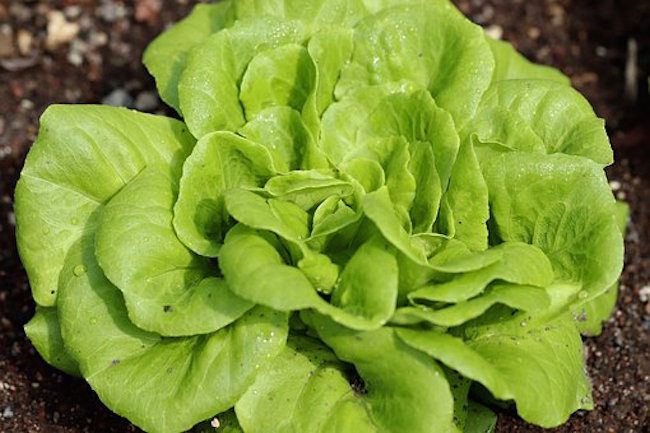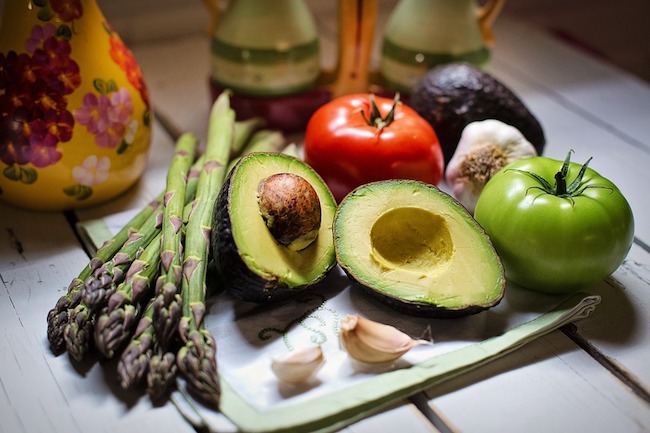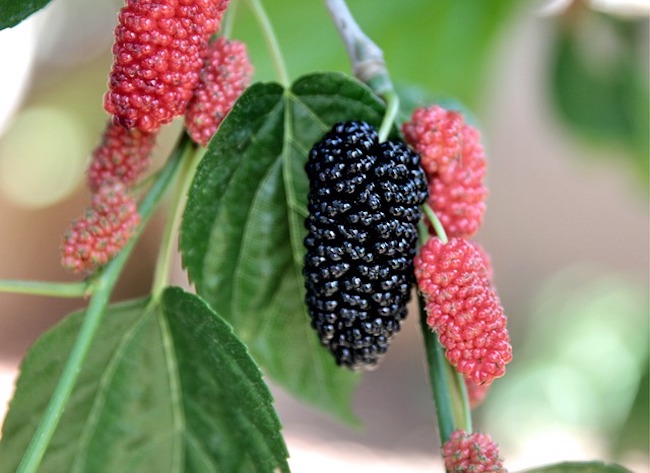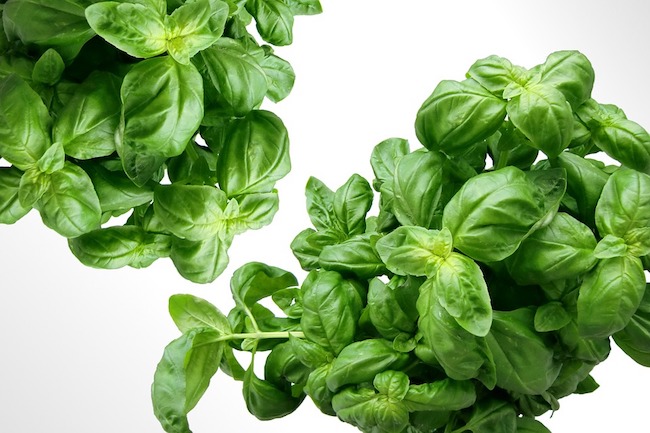Why You Should Take Calcium With Your Greens by Dr. Joseph Mercola for Mercola
Oxalate, also known as oxalic acid, is found in a wide variety of fruits and vegetables. While not harmful in and of itself — your liver actually produces oxalate naturally1 — oxalates can cause problems when they over accumulate.
Over accumulation can occur either from overconsumption, or because your body either absorbs exceptionally high amounts of soluble oxalates or overproduces oxalate (primary hyperoxaluria2), or if you excrete excessive amounts of urinary calcium (hypercalciuria3).4
An over accumulation of oxalate in your kidneys can lead to the development of calcium oxalate kidney stones, the most common type of kidney stones.5 The stones form when your urine becomes highly concentrated, allowing the calcium and oxalate from your diet to crystallize.
If you are predisposed to kidney stones or have calcium oxalate stones already, your doctor may recommend avoiding foods rich in oxalates, such as dark green vegetables (especially spinach and Swiss chard), bran, rhubarb, beets and beet greens, chocolate, nuts (especially almonds, cashews and peanuts) and nut butters.6,7
Is Calcium and Oxalate in Combination Good or Bad?
In the past, kidney stone sufferers have also been warned to avoid foods rich in calcium. However, as noted in a 2004 paper in the Journal of the American Society of Nephrology, this strategy was never actually proven to reduce the risk.8
“By contrast, already in 1969, a Ca-restricted diet was shown to increase the gastrointestinal absorption of oxalate, leading to increased amounts of oxalate in the urine and an increased risk of the formation of Ca oxalate stones,” the paper states.9
Today, experts have largely abandoned the recommendation to limit calcium, as we now know this may do more harm than good. A 1997 study10 in the Annals of Internal Medicine that looked at 12-years’ worth of data from 91,731 women who participated in the Nurses’ Health Study concluded:
“The relative risk for stone formation in women in the highest quintile of dietary calcium intake compared with women in the lowest quintile was 0.65. The relative risk in women who took supplemental calcium compared with women who did not was 1.20.
In 67% of women who took supplemental calcium, the calcium either was not consumed with a meal or was consumed with meals whose oxalate content was probably low …
High intake of dietary calcium appears to decrease risk for symptomatic kidney stones, whereas intake of supplemental calcium may increase risk. Because dietary calcium reduces the absorption of oxalate, the apparently different effects caused by the type of calcium may be associated with the timing of calcium ingestion relative to the amount of oxalate consumed.”
Why Increased Calcium Intake Actually Lowers Your Risk of Kidney Stones
While increasing calcium in your diet may seem counterintuitive, seeing how calcium is the largest component of these stones, the answer to this paradox is that high dietary calcium actually blocks a chemical action that causes the formation of the stones in the first place. As explained by the Cleveland Clinic:11
“Low amounts of calcium in your diet will increase your chances of forming calcium oxalate kidney stones … [C]alcium binds oxalate in the intestines. A diet rich in calcium helps reduce the amount of oxalate being absorbed by your body, so stones are less likely to form.
Eat calcium rich foods and beverages every day (2 to 3 servings) from dairy foods or other calcium-rich foods. Also, eating high calcium foods at the same time as high oxalate food is helpful …”
World’s Healthiest Foods further explains:12
“[O]xalate only gets absorbed from our digestive tract when it is in soluble form. Sodium oxalate and potassium oxalate are the predominant soluble forms. By contract [sic], calcium oxalate is insoluble, and magnesium oxalate is poorly soluble. So the form of the oxalate is important in the absorption process.
Second, our gut bacteria turn out to play a critical role in the amount of oxalate available for absorption since numerous species of gut bacteria are able to break down oxalate. These species include Oxalobacter formigenes, numerous species of Lactobacillus, and several species of Bifidobacteria …
Third, research has shown that the overall combination of foods that we eat during a meal (including both oxalate-containing and non-oxalate-containing foods) can significantly impact the amount of soluble oxalates available for absorption from our digestive tract.
We’ve seen a study on Indian cuisine, for example, in which multiple-ingredient dishes like spinach (palak) also containing Indian cottage cheese (paneer) lowered the amount of soluble oxalates available for absorption by about 15-20%. So, as you can see, the relationship between dietary intake of oxalates and oxalate absorption is complicated …”




